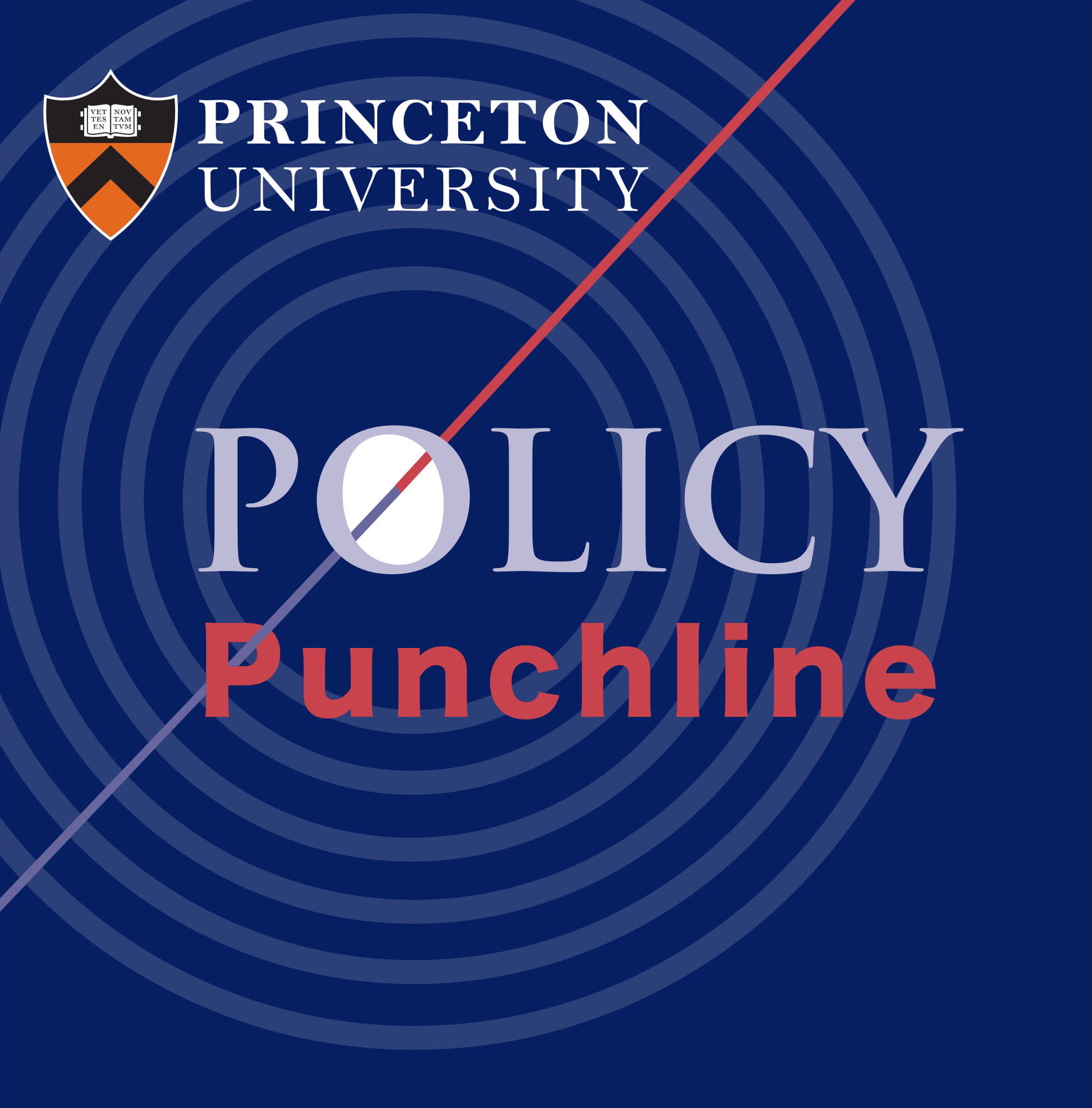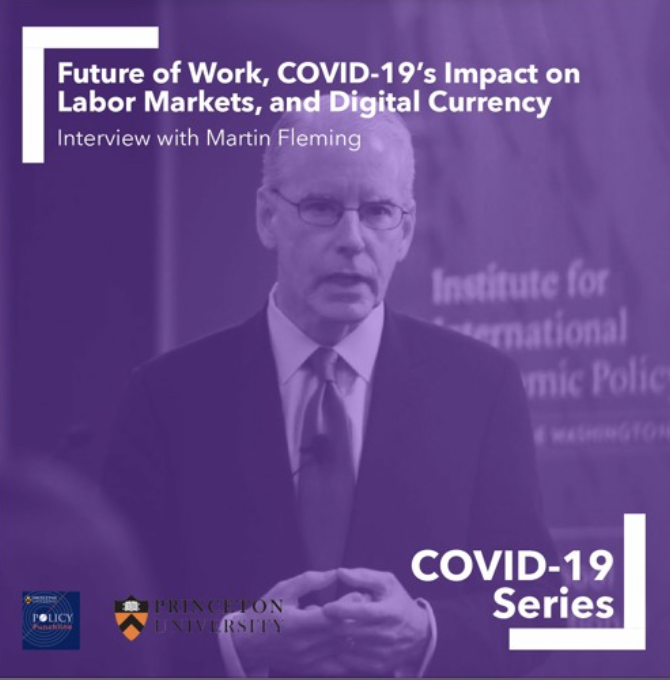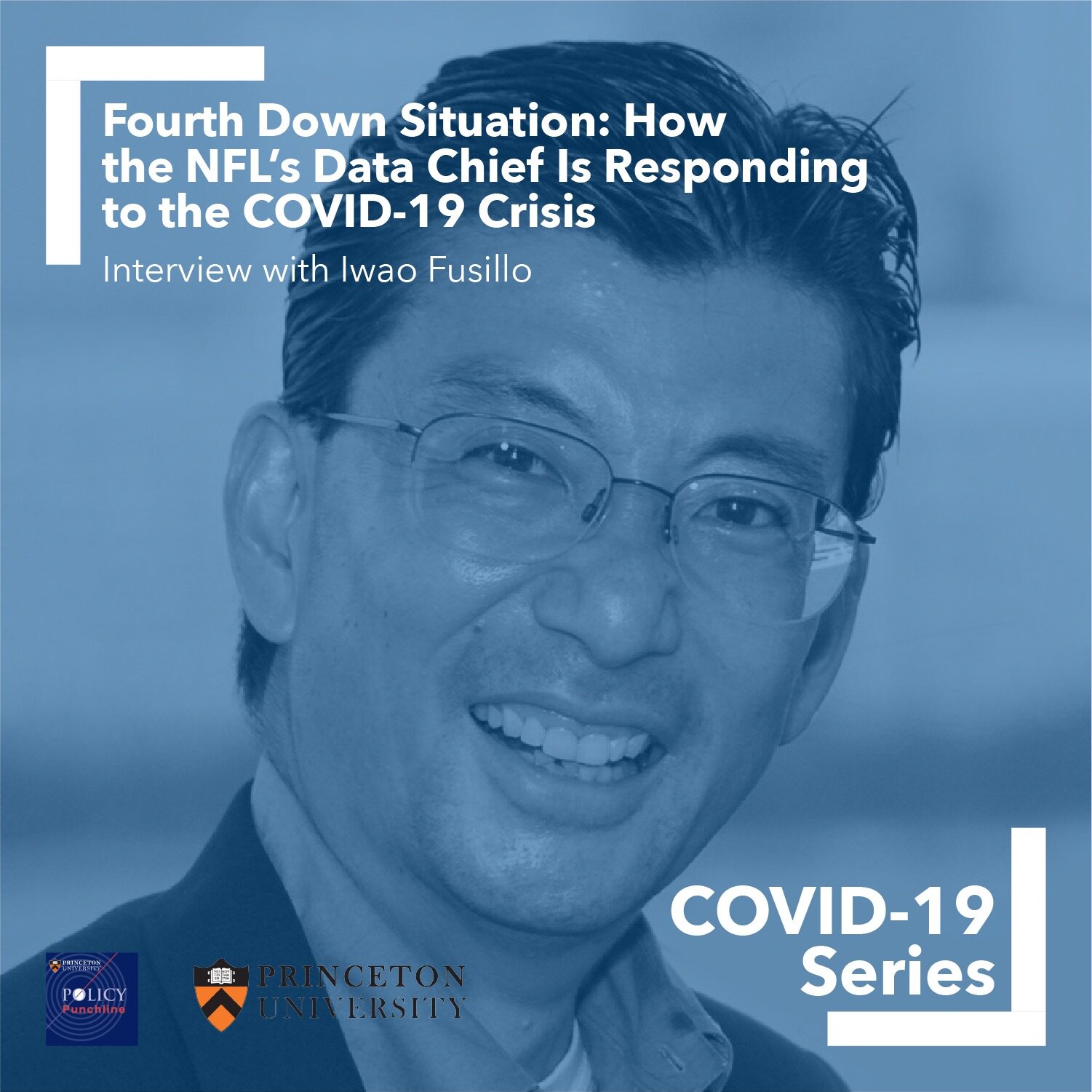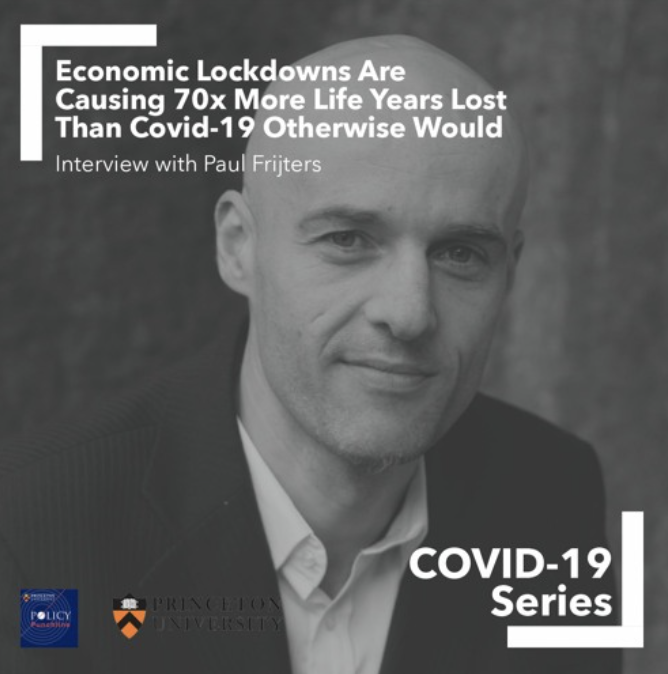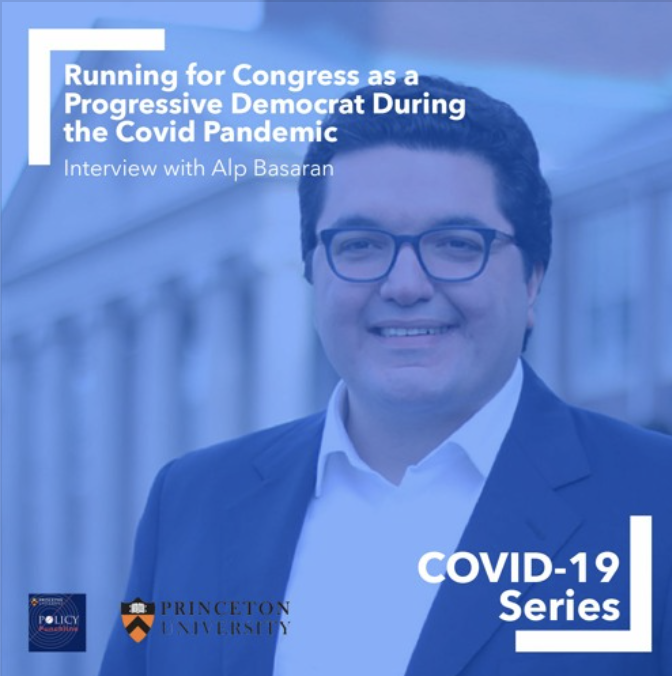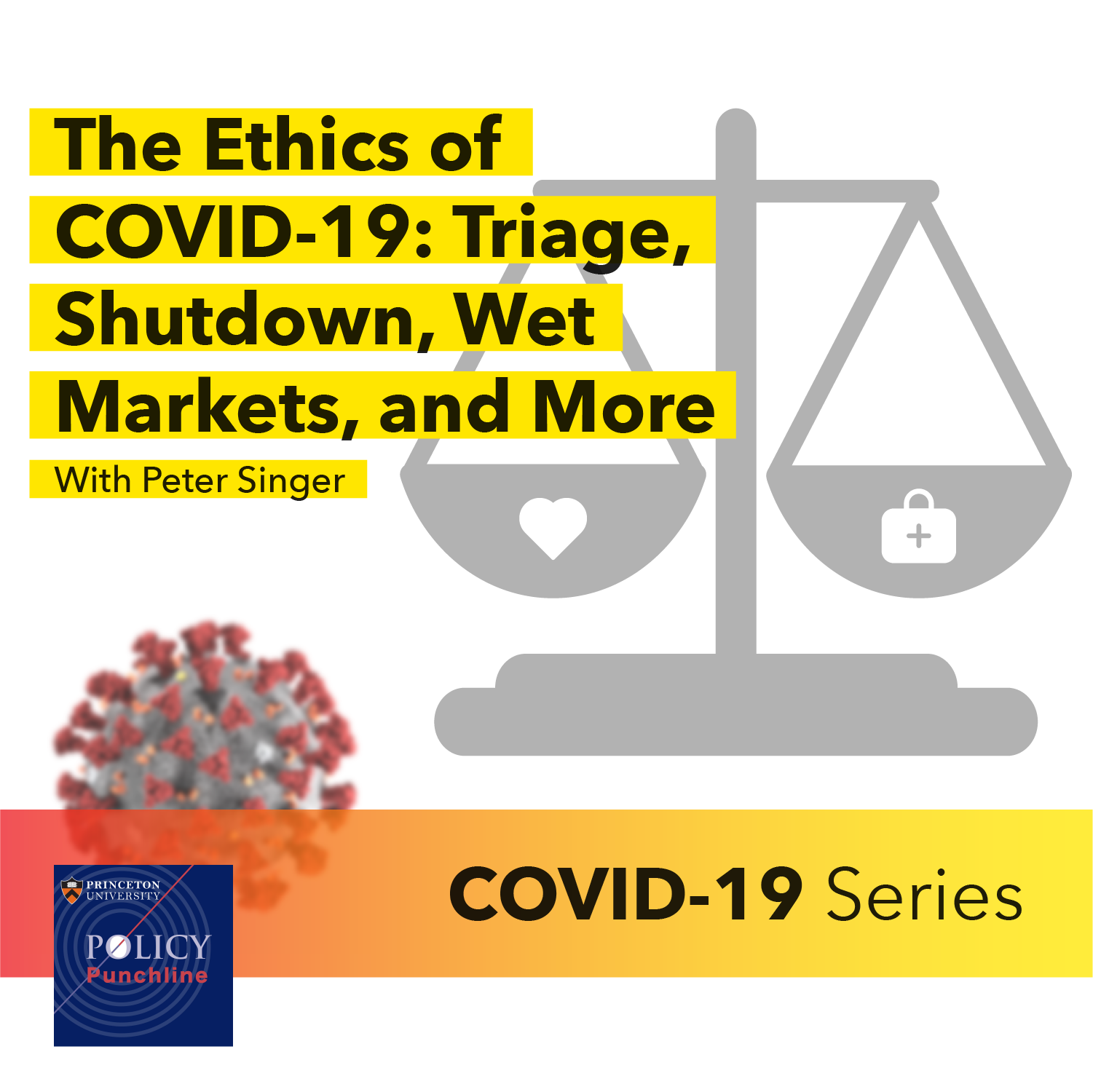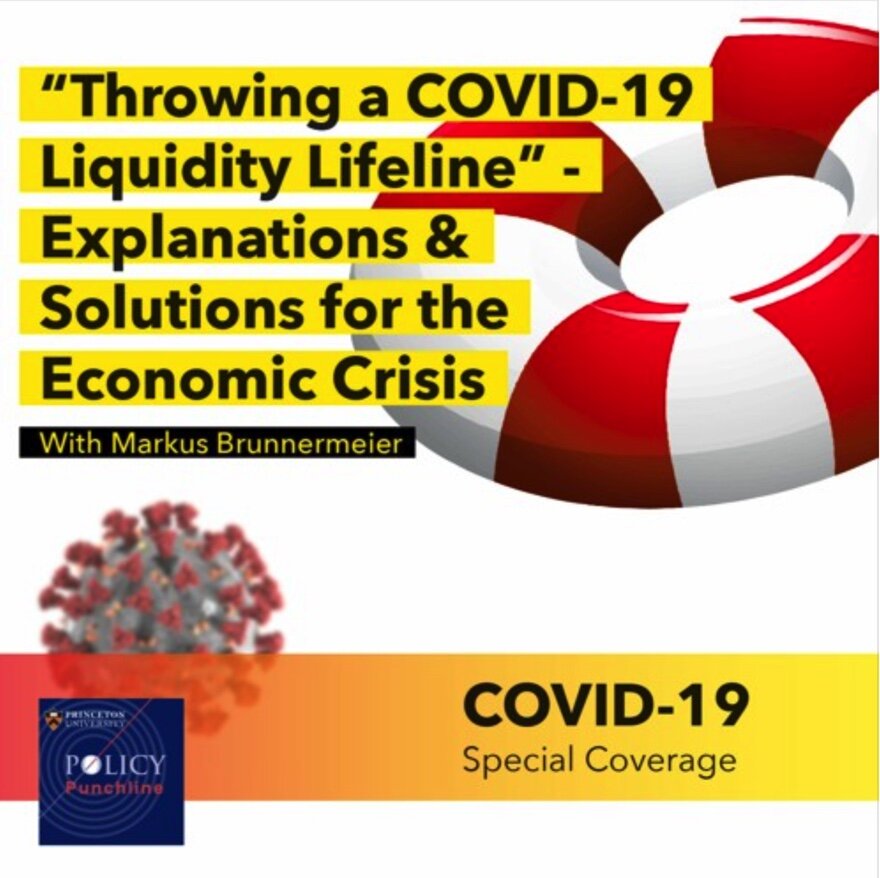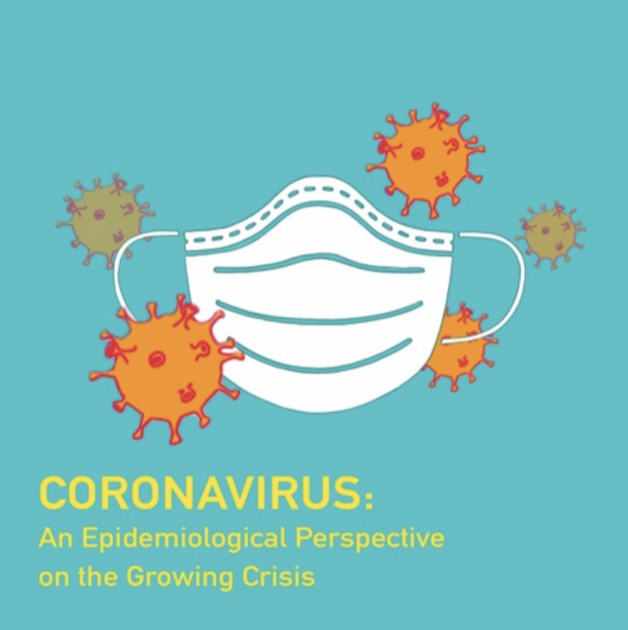Policy Digest:
The Policy Digest below contains Tiger’s personal thoughts on Coronavirus, its economics impacts & ethical implications, the justification & efficacy of our current measures, and plans going forward… Much of the work below is gathering & summarizing well-verified ideas & facts, and our team welcomes any criticism and challenges.
THE VIRUS ITSELF | Home
Punchline #1: Experts may disagree on the actual fatality rate, but the coronavirus is almost certain to be much deadlier than the flu.
NYTimes did a comparison piece between Covid-19 and the flu: On average, seasonal flu strains kill about 0.1 percent of people who become infected. The 1918 flu had an unusually high fatality rate, around 2 percent. Because it was so contagious, that flu killed tens of millions of people.
Estimates from China show a coronavirus fatality rate ofis around 2%; another report based on Chinesea data says it’s around 1.4%; director-general of the WHO says it’s 3.4% at least in the beginning stage of the outbreak in Wuhan… Experts may disagree on the exact figure, but we can roughly conclude that it’s somewhereat between 1-3% with the potential of going much higher if health systems are flooded with new patients, and the actual documented fatality rate in most places is comparablystill quite higher than seasonal flu.
Punchline #2: The high fatality rate in the U.S. today is a result of a lack of testing, andyet the actual case count is likely to be drastically underestimated.
Italy and China are at the high end of the fatality rate range with 4.2% and 3.8%, respectively, whereas South Korea has a remarkably low CFR of only 0.6%, probablymuch due to its proactive approach to the outbreak (i.e. highly aggressively testing over 80,000 individuals suspected of infection about a month after confirming its first domestic case). The U.S. has had a relatively high case fatality rate of 5.2% as of March 10th, likelymuch due to a general lack of testing, soand this figure is expected to approach the mean (1-3% depending on response) as testing capacity ramps higher in the coming weeks. But to put it more pessimistically: the U.S. healthcare system is facing severe obstacles in testing for Covid-19, and the actual case count of infected patients is likely to be drastically underestimated.
Punchline #3: The U.S. will almost certainly have hundreds of thousands of confirmed cases and fatalities within the next few months.
As NYTimes reported last week, epidemiologists at the CDC recently prepared four scenarios. Their calculations showed a large range of possible fatalities in the U.S.: between 200,000 and 1.7 million Americans over the course of Covid-19, assuming minimal efforts to contain it. The governments in Britain and Germany are proceeding on the assumption that the virus may infect 60 percent to 70 percent of their populations. Deutsche Bank (DB) projects that there could be as many as 301k Americans infected with Covid-19 by June 1st even if we start taking appropriate measures now. NYTimes did an interesting interactive chart that shows: assuming an overall infection rate of 20% and fatality rate of 1.5% over the next year, there could be around 1,010,000 deaths in the U.S. alone.
Surely one can argue the fatalities are mostly among the elderlyold people, so it’s less reasonable to shut down schools etc. However, suppose there are 480,000 deaths from Covid-19, that would make coronavirus the 2nd most common cause of death among Americans in their 70s, but also the 5th most common cause of death among Americans in their 20s, if the current patterns in infections and deaths continue to hold. Also, kids Juul so much these days, who knows if thate may trigger severe complications… Of course, more importantly, failure to close schools now and stop groups of people from congregating in the same space will mean that these young people continue to spread the disease to those more vulnerable than they are, as we have seen.
One interesting thing to note is that so far, 40% of hospitalizations in the United States were of individuals aged 20-54, indicating that in this country at least young people have some level of vulnerability.
In a word, Covid-19 is not something to be taken lightly. It’s not scientifically rigorous or helpful to think of this as a normal flu, as its health effects are far more damaging.
